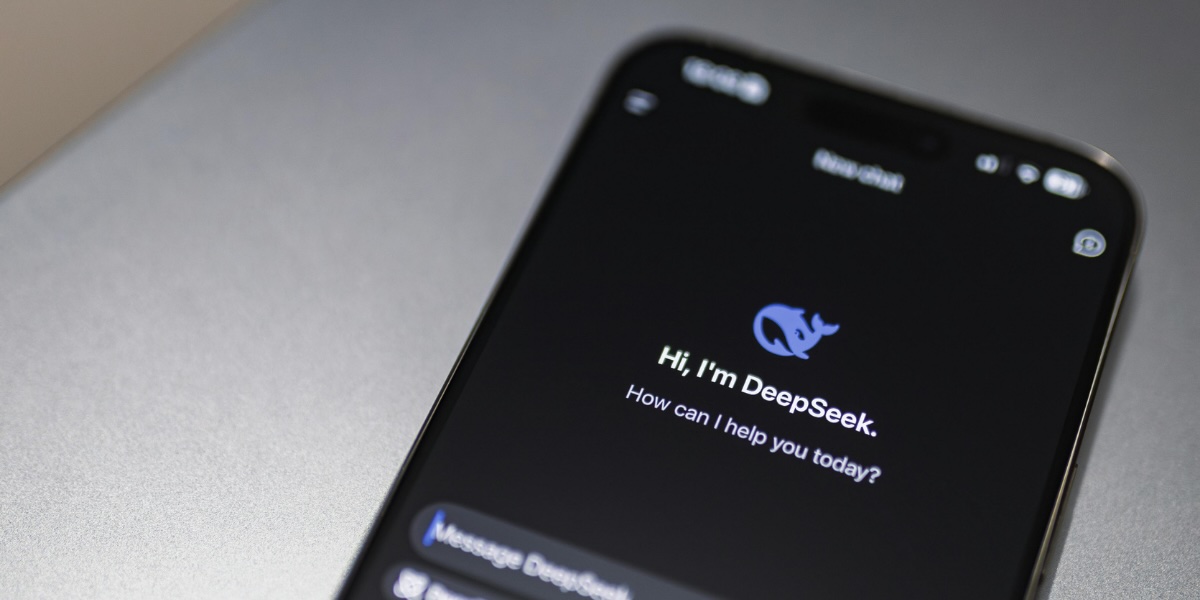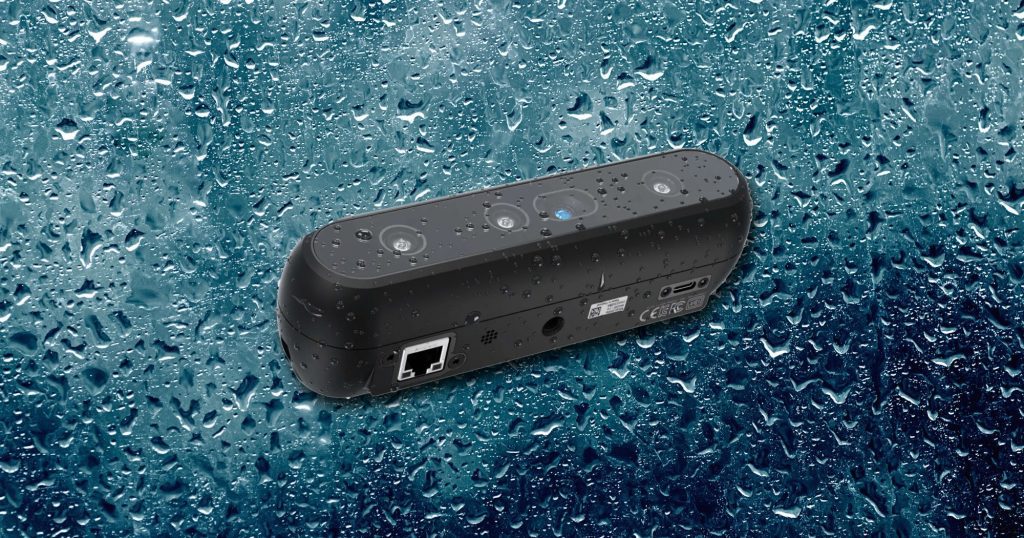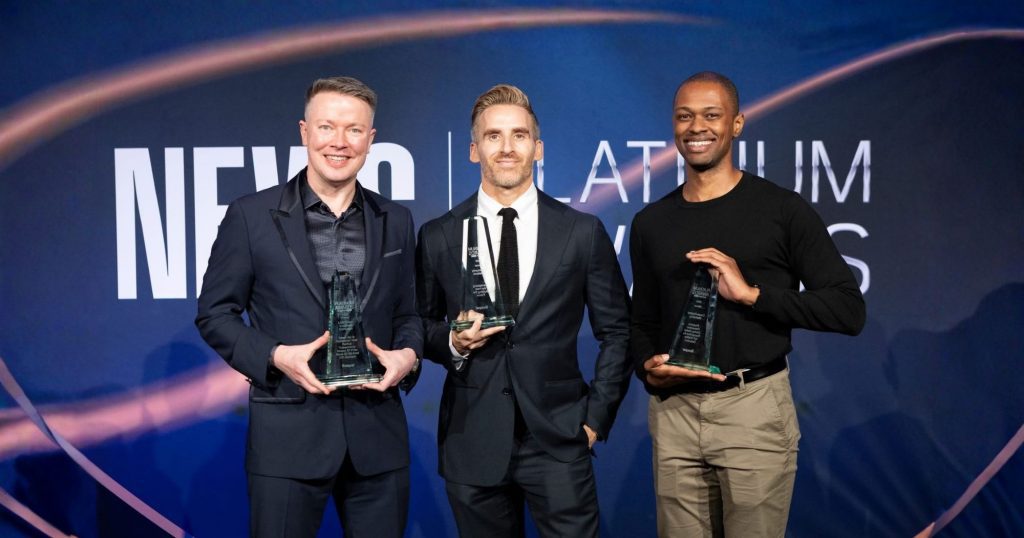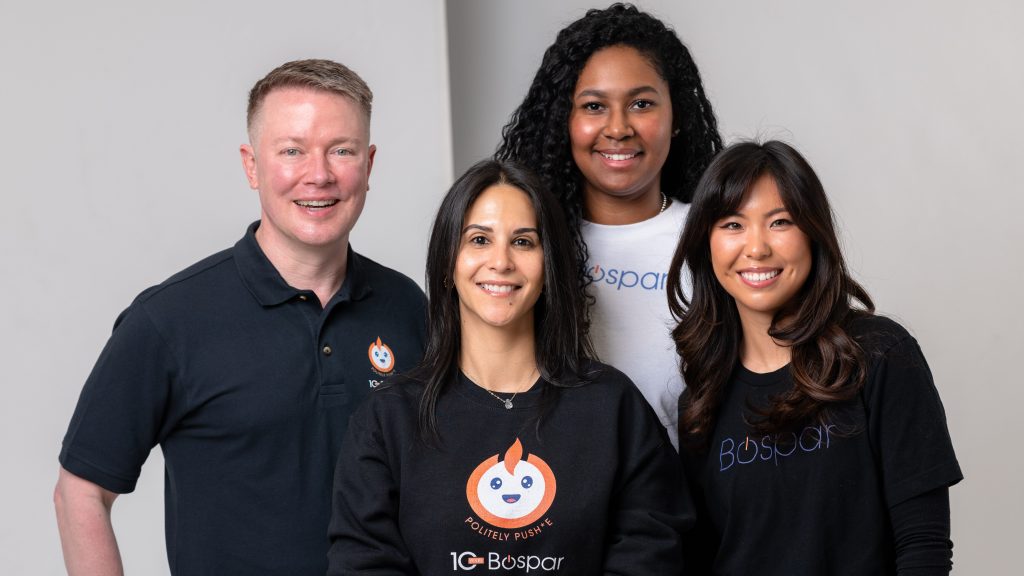Last month, we presented the new trinity of elements required to manage online presence in the AI age: Search engine optimization (SEO), generative engine optimization (GEO) and large language model optimization (LLMO). We explained how PR has become one of the most effective ways to influence what appears on the AI-generated “answer page.” This shift is changing not only how companies execute marketing strategy but also how they approach every aspect of digital media and media strategy.
Since then, we stress-tested our theory by running Bospar through five leading LLM platforms: Claude, Gemini, Grok, DeepSeek and Perplexity.
Multiple Bospar team members across various locations in the U.S. asked each platform the same questions and captured the responses and the sources cited.
We then looked at the results through two lenses: accuracy and consistency, and whether the platforms leaned more heavily on owned media (like your website or blog) or earned media (like third-party coverage).
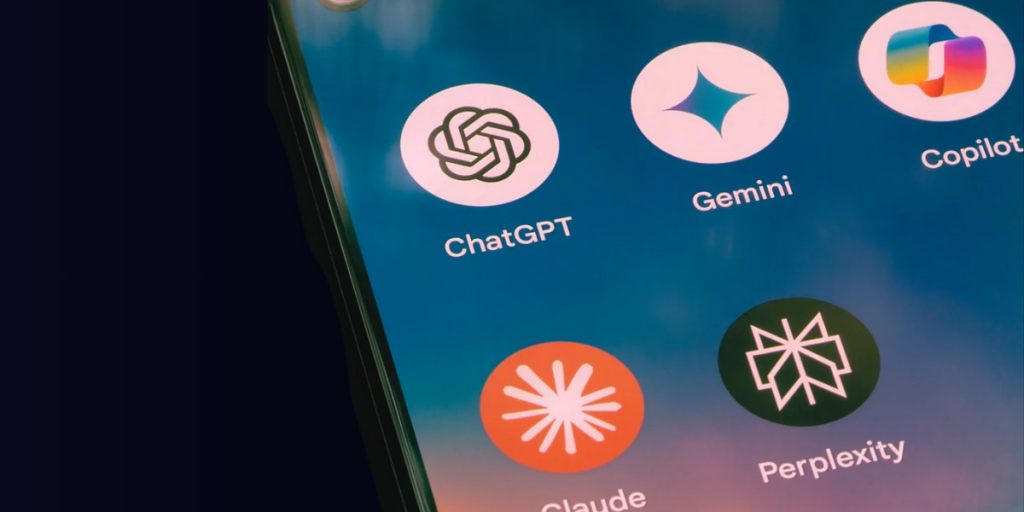
Our goal was to find out: What do AI platforms know about Bospar, where are they pulling that information from and how much of our own story are we actually in control of?
What We Found
Once gathered and tallied, we found that the platforms pulled from both Bospar-owned content and third-party sources—almost evenly, with a slight edge toward external coverage.
We counted “owned” touchpoints as website pages, LinkedIn copy, trademarks and taglines. “Third-party” sources included media articles, award lists and profiles, such as those on Glassdoor and Agency Spotter.
The results were:
• Bospar-owned sources referenced: 47%
• Third-party sources referenced: 53%
What We Learned
1. Owned content gets traction.
The content on your website is baked into the models’ responses. Roughly half of what the AIs included came straight from assets we control, such as our boilerplates, taglines and press-release copies.
That’s good news. It means we already have a solid degree of message control inside the LLM ecosystem. When something is published clearly and cleanly on your site, it shows up in the outputs.
Therefore, it’s important to treat your about pages, press pages and LinkedIn descriptions as your brand’s “master truth.” Keep them updated, structured and aligned with your broader marketing strategy and PR Newswire distribution if applicable.
2. External sources have an edge over owned content.
External validation is needed for owned content. News coverage, award wins and directory listings tipped the scales in our analysis. It shows that the models crave external proof points to support and validate the content they find on your site. Because AIs lean on third-party proof points, you cannot ignore your presence in media, awards strategy, reviews or listings sites.
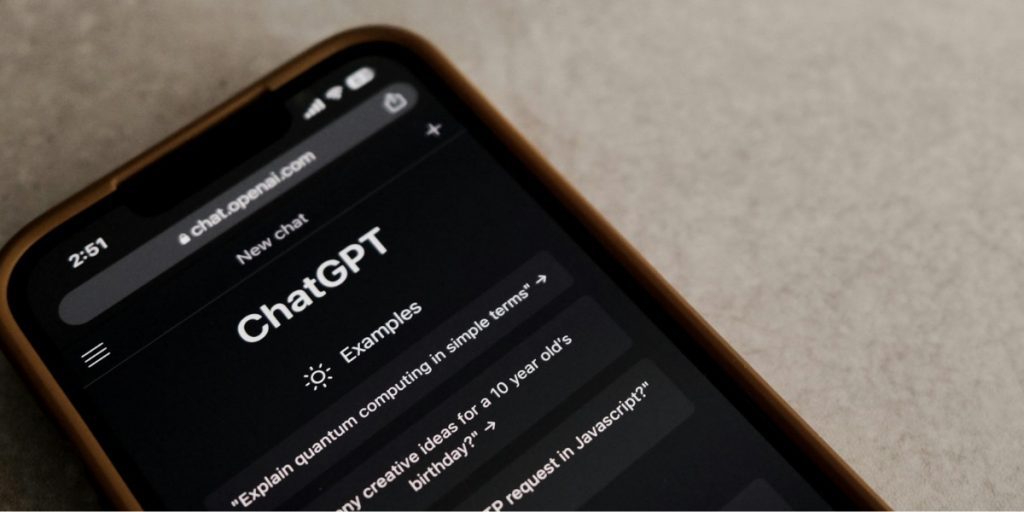
Credibility in AI is built from outside sources. If articles, awards, review sites and external profiles contain inaccurate, outdated or inconsistent information, the model will still use it in its responses.
The best solution is to maintain a watch list of high-authority external profiles (like Agency Spotter, Glassdoor, FT lists, award pages). Set a quarterly reminder to check them, request corrections and refresh profile descriptions.
3. Award wins and bold campaigns matter.
Many of the links pulled by AI pointed to awards sites and media coverage of our PR campaigns.. Top-tier coverage carries serious weight in AI recall. For example, our “Bospar Messes with Texas” campaign is years old, but since it was covered by CBS and ABC affiliates, it still holds water in the eyes of AI.
High-impact stories that receive top-tier coverage gain leverage that lasts beyond the news cycle, becoming sources that AI systems rely on and repeat.
Invest in distinctive messaging and campaigns that link to your site, so models have a clear path back to the facts.
Bottom line:
To achieve brand accuracy and visibility in AI, your owned and earned content must work together. In our test, the structured content on our site was the source of many core facts, but external coverage, such as awards, articles and directory profiles, were the validators the models trusted most. As search habits quickly shift toward AI queries, providing the platforms what they need to tell your story clearly and consistently is growing more critical by the day. If you want to shape what shows up, here’s the playbook based on our own AI audit:
- Keep corporate messaging, branding and on-site content structured and current so the facts are clear.
- Pursue awards, media placements and thought-leadership opportunities to add credible third-party signals.
- Document newsworthy moves and create campaigns to earn the top-tier media coverage that AI models source time and again.
